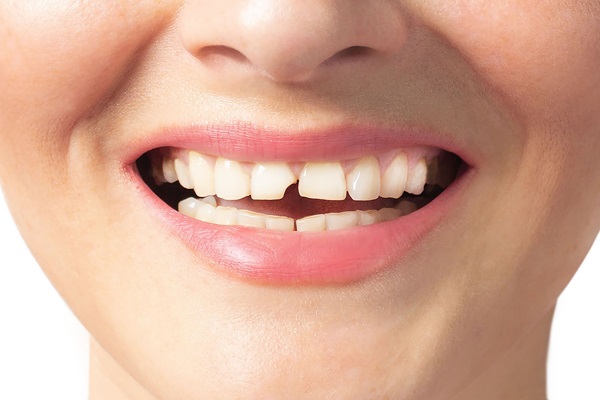Benefits of Dental Digital Scanning/Impressioning

Dental digital scanning/impressioning makes it possible for dentists to map their patient’s oral cavity. A digital scanner consists of a wand-like device that attaches to a cord on a computer. The computer has scanner software that helps provides the final result of the dental scan.
The dentist inserts the wand into the patient’s mouth and glides it across the bridge of the bottom and top teeth. As the scanner moves, the computer captures a digital impression of the patient’s oral cavity.
Difference between traditional and digital scanning/impressioning
Several differences exist between digital scanning and impressioning procedures and traditional methods, such as those listed below.
Risk of introducing errors
Traditional impressions required more materials and steps. The process of creating impressions is delicate, and it is easier to introduce errors with traditional impressions due to material defects, improper settings or the human element.
Number of visits
In most cases, digital impressions eliminate the need for return visits to a dentist’s office. Dentists can fabricate restorations quickly in the office, and the patient can have dental work done in a single visit.
Comfort and convenience levels
With traditional impression techniques, dentists place impression materials in the mouth for up to five minutes. This process is usually uncomfortable, especially for patients who are afraid of gagging. Digital techniques use a scanner to capture the digital impression of the patient’s mouth quickly and effectively.
Accuracy
With traditional impression techniques, the dentists rely on a visual evaluation to determine if the impression is ready for shipping to a laboratory. Because the images are in negative form, it is more difficult to identify mistakes. If the dentist identifies mistakes, the patient has to go through the entire process again. This can be uncomfortable and inconvenient, often resulting in wasted time, money and materials for the dentist and patient.
This is not the case with digital impressions as the dentist can magnify the image so that he or she can evaluate it properly. If missing any portion in the first digital scan, some digital impression systems allow the oral professional to take a scan of the particular spot without redoing the entire process. This follow-up scan only replaces the voided image without presenting new errors, filling in any missing data from the original digital impression.
Benefits of digital scanning and impressioning
Patients can enjoy many benefits from this process, including:
- Less chair time
- Improved quality of images for better-fitting restorations
- Eliminates the need for uncomfortable and distasteful restoration materials that may cause gagging
- Ensures more comfort and less anxiety for patients
- Reduces the likelihood of errors and material inaccuracies
- Storing impressions digitally makes it possible to keep them for a long time, saving space and ensuring efficient recordkeeping
- Supports a paper-free environment and eliminates the need for disposable impression and materials and plastic trays, making it eco-friendly
Wrapping up
With digital scanning/impressioning, the scanner captures the digital impression of the oral cavity before the patient’s eyes. As a result, patients understand more about the entire process. Visit one of our dentists to determine whether digital scanning and impressioning is ideal for your specific oral condition and discover how this technology can help you save time while ensuring efficiency.
Set up an appointment for a digital screening today
For more information or to schedule an appointment with Brimhall Dental Group, request an appointment in our Bakersfield dental office here: https://brimhalldentalgroup.com. Or call us at (661) 249-1122.
Recent Posts
Dental cone beam computed tomography (CBCT) technology has changed dental radiographic imaging, allowing dentists to treat their patients more effectively. This technology has allowed dentists to move from pure diagnosis to planning treatment simulations.The popularity of dental cone beam CT has grown rapidly because it has introduced three-dimensional images, making it invaluable for dentists who…
There are more tooth replacement options available today than ever before. Still, a large number of patients still opt for traditional dentures. This option offers advantages other tooth replacements do not, and these advantages make dentures a better choice for some patients.What is meant by “traditional dentures”Traditional dentures are custom-made appliances, usually composed of porcelain…
A chipped tooth can affect your smile's appearance and oral health, leading to discomfort, sensitivity, and self-esteem issues. Fortunately, there are several effective options to restore a tooth's natural look and strength. A variety of treatments are available, depending on the severity of the chip, its location, and your treatment goals.A chipped tooth can result…
Dentures are removable oral appliances that can replace some or all of a person's teeth. Partial and full dentures are among the most widely used tooth replacement options. If you are considering this smile restoration option and are wondering if you should consider full or partial dentures, here are some helpful things to know.Dentures can…


